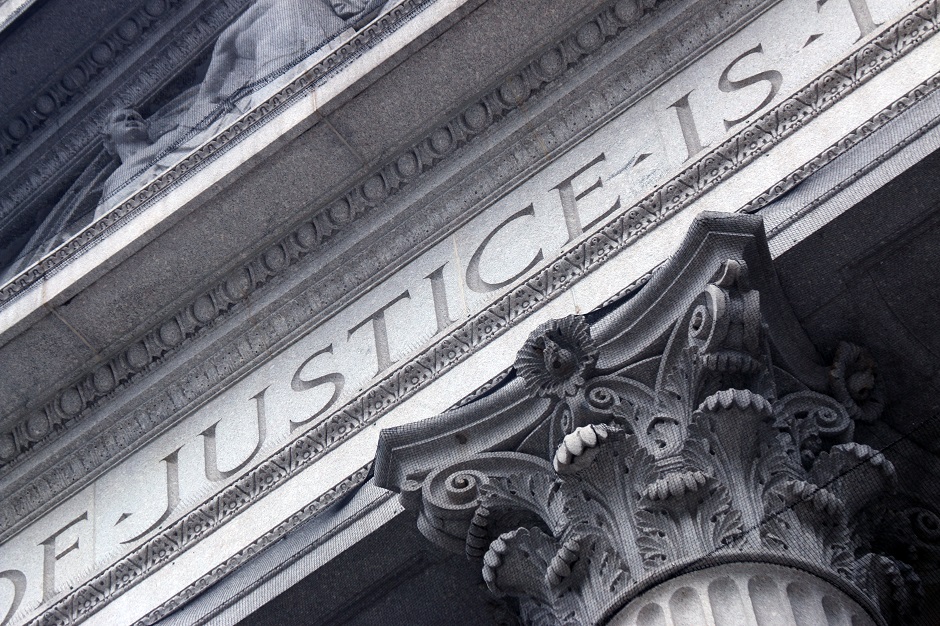By Gillian Brassil
McClatchy Washington Bureau Saving on Valuable Education bulletin news
Washington — A federal appeals court on Thursday temporarily blocked implementation of the Biden administration’s student loan repayment plan that aimed to lower monthly payments for hundreds of thousands of Californians.
The U.S. Court of Appeals for the 8th Circuit in St. Louis agreed to Republican-led states’ request to halt President Joe Biden’s Saving on Valuable Education program, known as SAVE, while legal challenges work their way through courts. A lower court judge in Missouri had already paused future debt forgiveness under the SAVE plan.
SAVE is considered a more generous income-driven repayment plan with lower monthly payments and faster routes to debt forgiveness. Almost 670,000 Californians were enrolled in SAVE as of April, according to the White House.
The Biden administration launched the SAVE plan last year. It’s full implementation to further reduce federal payments was supposed to take hold July 1, 2024.
But the future of the program has been thrown into doubt as a pair of GOP-led challenges seek to invalidate SAVE, with states saying that the administration overstepped its legal authority, and that officials were trying to work around a Supreme Court 2023 ruling against Biden’s initial student debt relief plan.
Now with SAVE blocked, at least temporarily, borrowers on the plan must wait for clarity on upcoming payments and benefits.
“We are assessing the impacts of this ruling and will be in touch directly with borrowers with any impacts that affect them,” an Education Department spokesperson wrote in a statement to The Bee on Thursday. “Our Administration will continue to aggressively defend the SAVE Plan — which has been helping over 8 million borrowers access lower monthly payments, including 4.5 million borrowers who have had a zero dollar payment each month.”
An income-driven repayment plan sets a borrower’s monthly payment at an amount that’s meant to be affordable based on income and family size. Monthly payments under an income-driven repayment plan are a percentage of someone’s discretionary income, or money that an individual has after paying for necessities and taxes.
Saving on Valuable Education bulletin news
SAVE initially decreased borrowers’ monthly payments compared to other income-driven repayment plans by redesignating discretionary income to be the difference between a borrower’s adjusted gross income and 225% of the poverty level. Other plans use 150% of the poverty line.
The federal poverty level in 2023, when SAVE started, was $14,580 a year for a single person. The 2024 federal poverty threshold for a one-person household is $15,060.
Individuals earning less than about $32,800 a year had no monthly payments under SAVE. Others saw reduced monthly payments.
(Please click onto the image of the cat to hear Oldies & Classic Rock)

Borrowers on SAVE have been making monthly payments on their federal student loans that amounted to 10% of their discretionary income under these calculations.
The administration’s plan was to lower the amount people paid on their undergraduate loans from 10% to 5% of their discretionary income beginning in July. Borrowers with both undergraduate and graduate loans were to pay a weighted average between 5% and 10%. Graduate school-only borrowers would continue to pay 10%.
SAVE also offered a quicker route to forgiveness than other income-driven repayment plans. Federal student loan borrowers on other income-driven repayment plans must make payments for 20 to 25 years before having the remainder of their debt discharged.
Under SAVE, people who initially borrowed less than $12,000 could have their remaining debt canceled after a 10-year period of repayment, with a scale for others who took out slightly more to have loan balances erased before the 20-year mark.
The Department of Education had already used parts of the plan to erase $5.5 billion in debt for 414,000 borrowers using SAVE before the Missouri ruling blocked further forgiveness.
When SAVE came to be, federal student debt payments were resuming after a three-year pause during the coronavirus pandemic.
©2024 McClatchy Washington Bureau. Visit mcclatchydc.com. Distributed by Tribune Content Agency, LLC.
Saving on Valuable Education bulletin news


